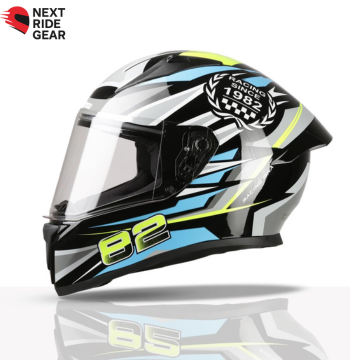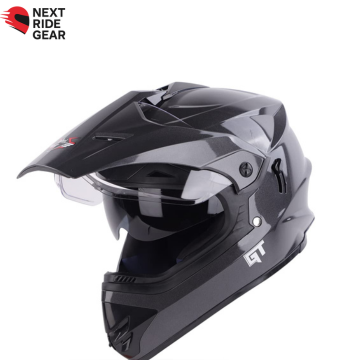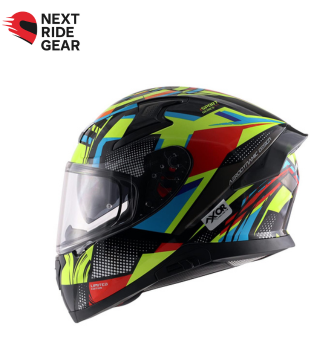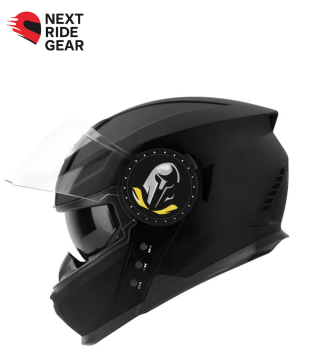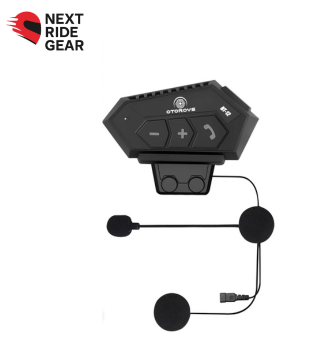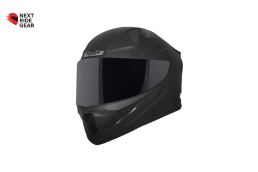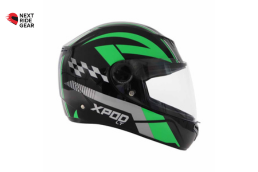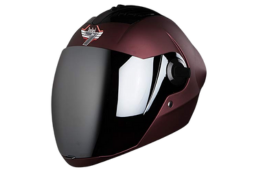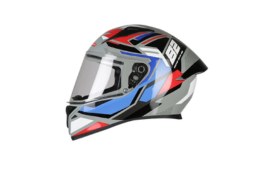Best Helmets for All Types of Riders in 2025
Wearing a helmet isn’t just about ticking a legal box, it’s your first line of defense on the road.
Whether you’re commuting to work, cruising on the highway, or navigating off-road trails, the right helmet can mean the difference between a close call and a serious injury.
But with so many options out there, finding the best helmet for your specific needs can be overwhelming.
That’s why we’ve created this comprehensive guide to help you choose the perfect helmet—based on your riding style, activity, budget, and personal preferences. From full-face helmets for highway rides to lightweight options for city commutes, and even feature-packed helmets with Bluetooth or ventilation—we cover it all. Click through the categories below to find detailed recommendations tailored to your needs.
Explore a Wide Range of Hand-picked Helmets
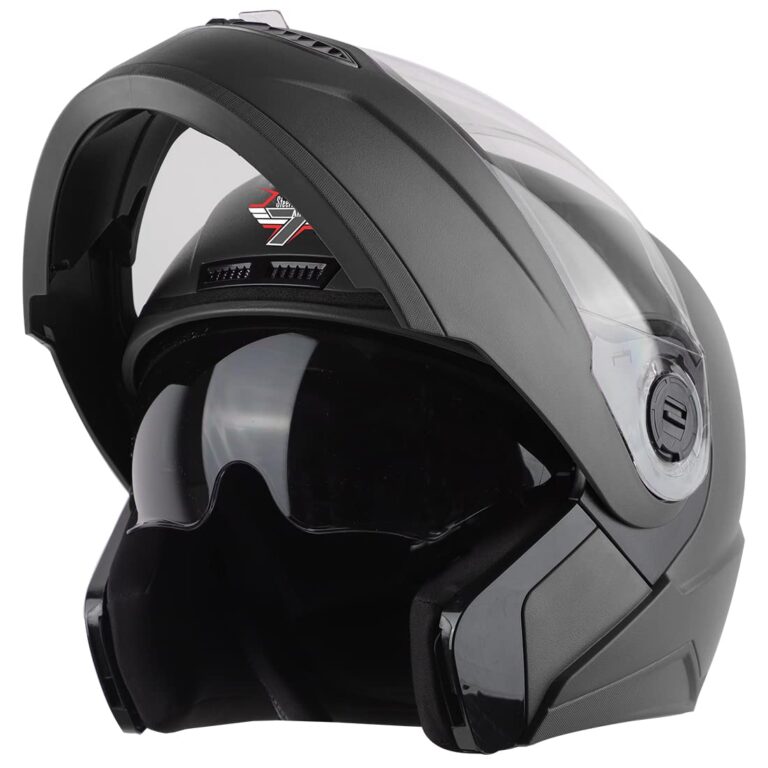
Commuter Helmets
Lightweight, affordable, ISI-certified
Touring Helmets
Aerodynamic Full-Face Helmets
Adventure / Dual-Sport Helmets
Peak visor, ventilation, goggle compatibility
Racing Helmets
ECE/DOT/Snell-certified, aggressive aerodynamics, double D-ring strap Full-Face Racing Helmets with Spoilers
Bluetooth-Integrated Helmets
Water-resistant seals, pin-lock visors, quick-dry liners for Rainy season rides
Helmet Accessories
From anti-fog inserts that keep your vision clear in the rain, to Bluetooth intercoms that help you navigate or stay connected hands-free—these tools are designed to solve real rider problems.
Best Helmet Brands for Riders

Steelbird Helmets

Vega

Studds

Royal Enfield

HJC Helmets

HJC Helmets

Axor Apex

THH Helmets

MT Helmets

AGV
Best Budget Friendly Helmets for Everyday Use
If you’re looking for budget-friendly helmets for everyday use, there are several great options available in the ₹500–₹1500 range. These helmets strike a balance between affordability, comfort, and safety, making them ideal for daily commuting.
Most budget helmets in this range come with a lightweight design, decent ventilation, and a comfortable inner liner.
For anyone on a tight budget, these helmets are a smart choice that doesn’t compromise on the basic safety and functionality needed for everyday travel.
Best Budget Helmets Under Rs 1500
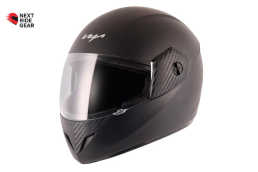
Vega Cliff
Steelbird SBH-25 Rudra
TVS XPOD LT
Buy From Amazon @ ₹1,559
Check Out More Helmets in Budget Options
Best Helmets under Rs. 2500
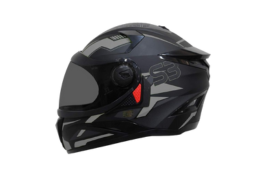
Steelbird SBH-17
Steelbird Sba-2
TVS XPOD LT
Buy From Amazon @ ₹2,399

Click here
How to find your Perfect Helmet Size
- Measure Your Head Circumference: Use a soft measuring tape to wrap around your head about 1 inch (2.5 cm) above your eyebrows and ears — the widest part of your head.
-
Compare with Size Chart: Match your head measurement with the helmet manufacturer’s sizing chart, as sizes can vary between brands.
-
Check Fit and Comfort: The helmet should fit snugly all around without pressure points. It shouldn’t move when you shake your head, and it should stay comfortably in place without being too tight.
Finding the right helmet size is crucial not just for comfort, but also for safety. A helmet that’s too tight can cause pressure and headaches, while a loose one won’t protect your head properly in case of an accident. Here’s how you can check if your helmet truly fits you.

